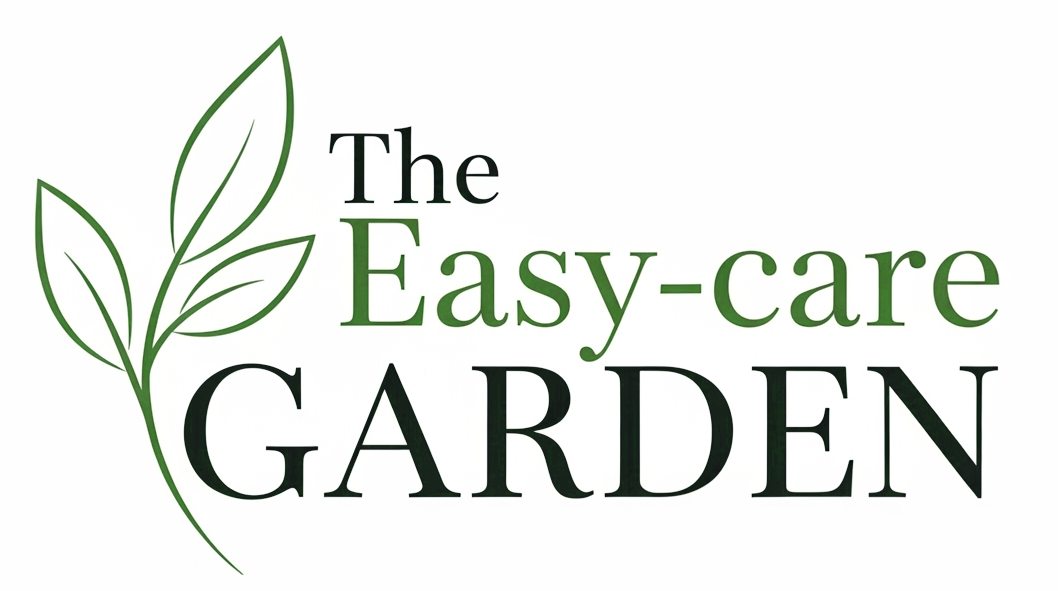The Hart’s-tongue fern Asplenium scolopendrium is a distinctive and easily recognisable native fern of the UK, known for its unique appearance compared to most other species. It is a hardy, evergreen plant that adds year-round structure and texture to a variety of habitats.
Description
Key Characteristics:
- Fronds: Unlike the feathery, divided fronds of most ferns, the Hart’s-tongue fern has long, undivided, strap-shaped fronds that are a glossy, deep green. The fronds can grow up to 60 cm long and have a wavy or undulating margin. This simple, tongue-like shape is what gives the plant its common name, as it was thought to resemble the tongue of a hart (an adult male deer).
- Sori: The spore-producing structures (sori) are located on the underside of the fronds and are a key identifier. They appear as conspicuous, parallel, brown stripes arranged in rows that are perpendicular to the main stem of the frond. The species name scolopendrium is a Latin word for centipede, alluding to the resemblance of these sori to a centipede’s legs.
- Growth Habit: It forms a rosette of arching fronds, creating a tufted, clump-forming habit. It is an evergreen fern, meaning its fronds remain green and intact throughout the winter, providing a consistent visual presence.
Habitat and Distribution:
- Preferred Conditions: The Hart’s-tongue fern thrives in damp, shady, and sheltered locations. It prefers humus-rich, well-drained, and often lime-rich (alkaline) or neutral soils, which makes it a common feature in old ash woodlands.
- Common Locations: In the wild, it is frequently found growing on banks, in damp ravines, and in the crevices of old stone walls, rocks, and tree stumps. While it is widespread across the UK, it is less common in the far north.
- Gardening: Due to its adaptability and unique appearance, it is a very popular ornamental plant for shady gardens, woodland borders, and rock gardens. It tolerates dry shade better than many other ferns once established.
| See also different: | Easy-care evergreen plants |

